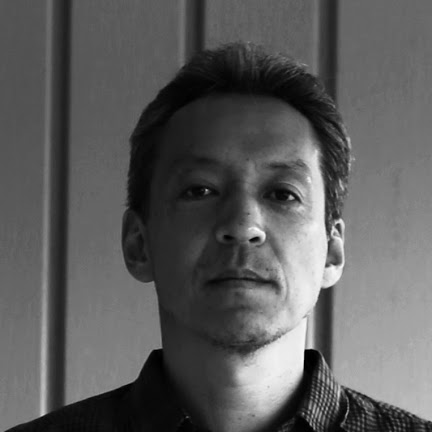Bjørg E. Kilavik, Sébastien Roux, Adrián Ponce-Alvarez, Joachim Confais, Sonja Grün, and Alexa Riehle
The timing of the task is represented in the temporal structure of significant spike synchronization at the population level. By practice, the temporal structure of synchrony was shaped. Synchrony became stronger and more localized in time during late experimental sessions, in parallel with a behavioral improvement, whereas the firing rate in the same neurons mainly decreased.
The brain processes in parallel sensory, temporal, and contextual information, which has to be combined appropriately to organize a movement.
It is widely accepted that sensorimotor funcitons are based on activity modulations in neuronal networks distributed over various brain structures. (Wise, 1984; Tanji and Kurata 1989; Riehle, 2005).
The timing of modulation of synchrony and firing rate at the population level in motor cortex suggests that synchrony may be preferentially involved in early preparatory and cognitive processes, whereas rate modulation may rather control movement initiation and execution (Riehle et al., 2000; Grammont and Riehle, 2003).
Thursday, October 8, 2009
Long-Term Modifications in Motor Cortical Dynamics Induced by Intensive Practice
Labels:
monkey,
motor cortex,
motor learning
Subscribe to:
Post Comments (Atom)

No comments:
Post a Comment